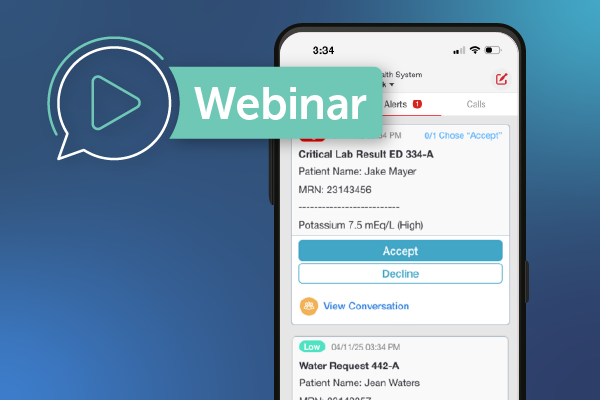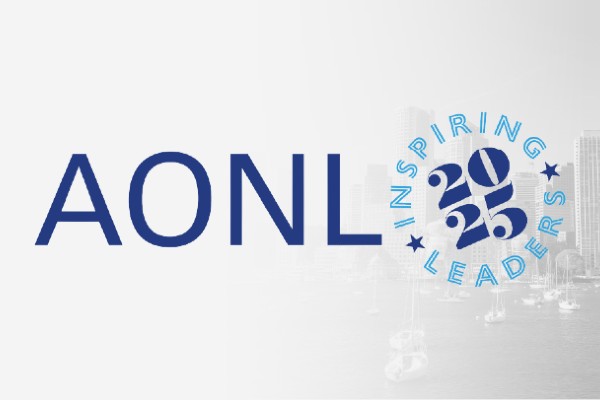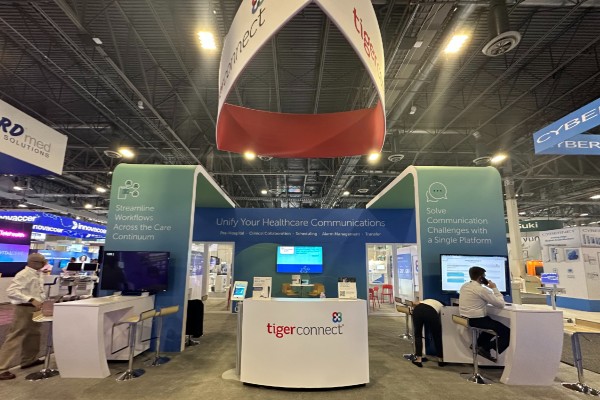
Benefits of Interprofessional Collaboration in Healthcare
Interprofessional collaboration in healthcare has gained significant attention in recent years, and for good reason. It’s a practice that involves healthcare professionals from various disciplines working together to deliver the best possible patient care. This collaborative approach goes beyond traditional silos, promoting teamwork and communication among doctors, nurses, pharmacists, therapists, and other healthcare providers. Each expert brings their knowledge and insights to share with other sectors, which can have a profound impact on patient outcomes, safety, and overall healthcare delivery.
So, what does interprofessional collaboration in healthcare entail? Why should it be accorded top priority within an organization? Also, what technological solutions in hospital communication are essential to ensure the seamless connection of care teams spanning various healthcare disciplines, shifts, and geographical locations? Here’s a deeper dive into answering these questions and what this means for healthcare professionals.
What is interprofessional collaboration in healthcare?
Interprofessional collaboration in healthcare involves the approach to patient care from a team-based viewpoint, resulting in improved patient outcomes and a better work environment. Although interprofessional collaboration took time to gain traction, it became a prevalent subject of discourse in 2009 when leading healthcare education associations within the nation collaborated to establish the Interprofessional Education Collaborative (IPEC). It necessitates the active involvement of all care team members with the patient and each other, demanding that leadership subjugate personal interests for the patient’s welfare.
Why is interprofessional collaboration important?
As healthcare delivery becomes increasingly intertwined, the essential coordination among nurses, physicians, pharmacists, social workers, and other healthcare disciplines becomes imperative for enhancing workplace environments, health systems, and patient care. Essentially, you must first have a powerhouse interprofessional team working together internally before they can provide the best experience for patients and external stakeholders. For example, the American Association of Critical-Care Nurses (AACN) includes the pursuit of “true collaboration” as one of its six essential standards for creating a healthy work environment and successful patient outcomes. Interprofessional collaboration in nursing is crucial for providing patients with an optimal experience.
It is through the industry’s commitment to establishing an interprofessional collaborative culture in healthcare, coupled with the implementation of communication strategies and technology designed to support this culture, that professionals see the vast benefits.
How does it improve health & wellness?
Here are five ways interprofessional collaboration is helping advance the healthcare ecosystem.
1. Enhances patient care and outcomes
One of the most significant benefits of interprofessional collaboration is its positive impact on patient outcomes. When healthcare professionals work together, they can provide comprehensive and well-coordinated care by ensuring that all aspects of a patient’s condition are addressed, leading to more accurate diagnoses and treatment plans.
Let’s consider how this may play out in the real world. Imagine a scenario where a patient arrives at the emergency department with chest pains. After an initial evaluation by an emergency physician, a cardiologist orders diagnostic tests to confirm a heart attack. The patient undergoes emergency surgery, is cared for in the intensive care unit, and is later transferred to a cardiac unit. Throughout the patient’s stay, a hospitalist, cardiologist, endocrinologist, pulmonologist, and many more roles are involved, with further potential contributions from physical therapists, dieticians, and social workers. Each of these healthcare professionals offers diverse perspectives and insights into the patient’s condition but often lacks direct communication. To address this, many hospitals now promote patient-centric rounds involving the primary physician, bedside nurse, specialized practitioners, and other team members. Other hospitals utilize mobile clinical communication technology that allows all the relevant care team members to communicate in real-time through group messaging.
2. Mitigates medical errors
Patient safety is a primary concern in healthcare, and interprofessional collaboration is pivotal in promoting it. By working together, healthcare providers can identify and address potential safety issues more effectively regarding medication management, patient handoffs, and care transitions, which are critical points for errors. More than 7 million American patients are impacted by medical errors every year, with 7,000 to 9,000 of them dying from such mistakes, which may include medication errors and diagnostic inaccuracies. According to the Joint Commission, miscommunication during patient handoff contributes to an estimated 80% of serious medical errors. Fortunately, shared knowledge and interprofessional collaborative communication between health professionals can help prevent adverse events and promote a culture of safety within healthcare organizations.
3. Expedites initiation of treatment
A substantial proportion of healthcare is marked by waiting periods. Patients await physician consultations, physicians await input from other interprofessional team members, and radiology departments require time to furnish laboratory results. Communication delays can exasperate patients and squander valuable time, allowing medical conditions to deteriorate.
Interdisciplinary collaboration bridges the gaps in communication, a feat further facilitated by clinical communication technology. This technology maintains constant connectivity among interprofessional care team members, enabling them to reach out to physicians who have yet to update electronic health records and automated alerts to convey critical laboratory results through text messages. A clinical collaboration platform efficiently delivers pertinent information to the right individuals at the right time via secure messaging, voice, or video.
4. Diminishes inefficiencies and healthcare costs
Interprofessional collaboration augments the patient experience (as reflected in HCAHPS scores) and more efficient resource utilization, leading to cost savings and improved resource allocation. For example, when a team of professionals collaborates on a patient’s care plan, unnecessary tests and procedures can be avoided, reducing both the financial burden on patients and the strain on healthcare facilities. Implementing modern communication technology is a great investment for healthcare facilities to enhance clinical workflow efficiency and, as a result, reduce unnecessary costs.
5. Advances staff relations and job satisfaction
Inefficient clinical workflows often contribute to job dissatisfaction and burnout rates among healthcare professionals. That’s why optimizing clinical workflows through improved interdisciplinary collaboration is crucial for improving job satisfaction and reducing burnout. With the right tools and resources, healthcare professionals can easily communicate with each other, share information, and collaborate on patient care. By reducing frustrations and alarm fatigue, improving interprofessional collaboration in nursing helps reduce burnout and improve clinician satisfaction.
Fostering collaboration through mobile solutions
Healthcare professionals often encounter a dichotomy in their work environments. Their experiences with contemporary communication technologies are far-reaching in every domain except their professional realm. This disconnect stems from healthcare institutions neglecting to invest in modern technology, necessitating reliance on antiquated tools such as pagers, landlines, or fax machines.
The repercussions of cumbersome and outdated hospital communication technology manifest in the infrequent utilization by staff or wasted time expended in futile attempts to contact care team members. To foster the mastery of interprofessional collaboration, it’s imperative to equip healthcare professionals with the right tools, which starts with leveraging a comprehensive clinical solution.
The TigerConnect CC&C Platform fosters interprofessional care coordination and patient information exchange through text, voice, and video. It emphasizes patient data security, streamlines operations, and speeds critical message responses. Healthcare organizations can improve care team communication by facilitating quick interaction, streamlining workflows, and enhancing care coordination. This, in turn, boosts HCAHPS scores, improves patient experiences and outcomes and builds a positive reputation in the community.
Featured Resources
Related Articles

See TigerConnect in Action
Take an interactive tour to see how TigerConnect’s HIPAA-compliant, best-in-class collaboration platform can help clinicians and ancillary staff coordinate care more efficiently.













